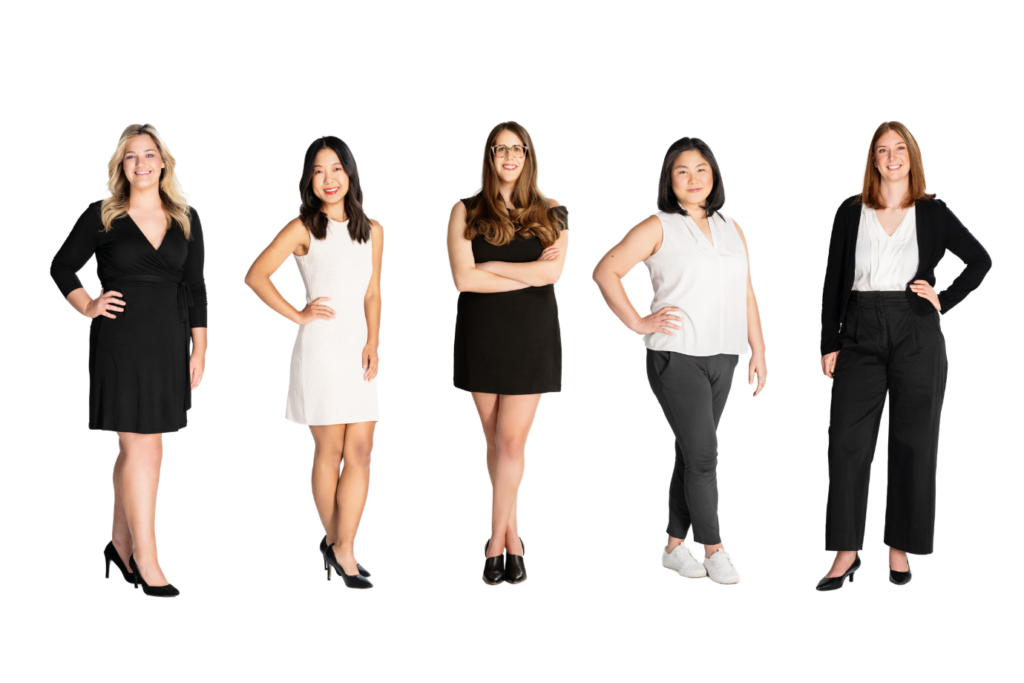Five trailblazing female scientists from Australia and New Zealand are being recognised in Melbourne today, as part of an award program supporting women in STEMM.
These standout early-career researchers will each receive prestigious Fellowships and vital funding to fuel their groundbreaking work.
The L’Oréal-UNESCO For Women in Science program was founded in 1998 to improve the representation of women in scientific careers. Since then, the awards program has recognised 4,100 female researchers globally and 74 locally, with 500 scientific experts involved in the selection worldwide.
Research looking at the state of women in STEMM careers highlights the urgent need for more support, as the world of science needs more female innovation.
Only four per cent of Nobel Prize winners in science are women, and at the current pace, gender parity in STEMM is two centuries away, according to the World Economic Forum. In Australia, the 2024 STEMM Equity Monitor shows women hold just 15 per cent of STEMM-qualified roles.
And yet, a 2023 McKinsey report reveals that doubling the share of women in Europe’s tech workforce to 45 per cent could inject an extra AUD$420 billion to AUD$1 trillion into the economy by 2027.
Ahead of today’s ceremony for The L’Oréal-UNESCO For Women in Science program, Women’s Agenda spoke with the five recipients to hear more about the incredible changes they are creating for the world.
Dr Emily Roycroft
A researcher at Australian National University, Dr Emily Roycroft is giving endangered Australian mammals a fighting chance at survival.
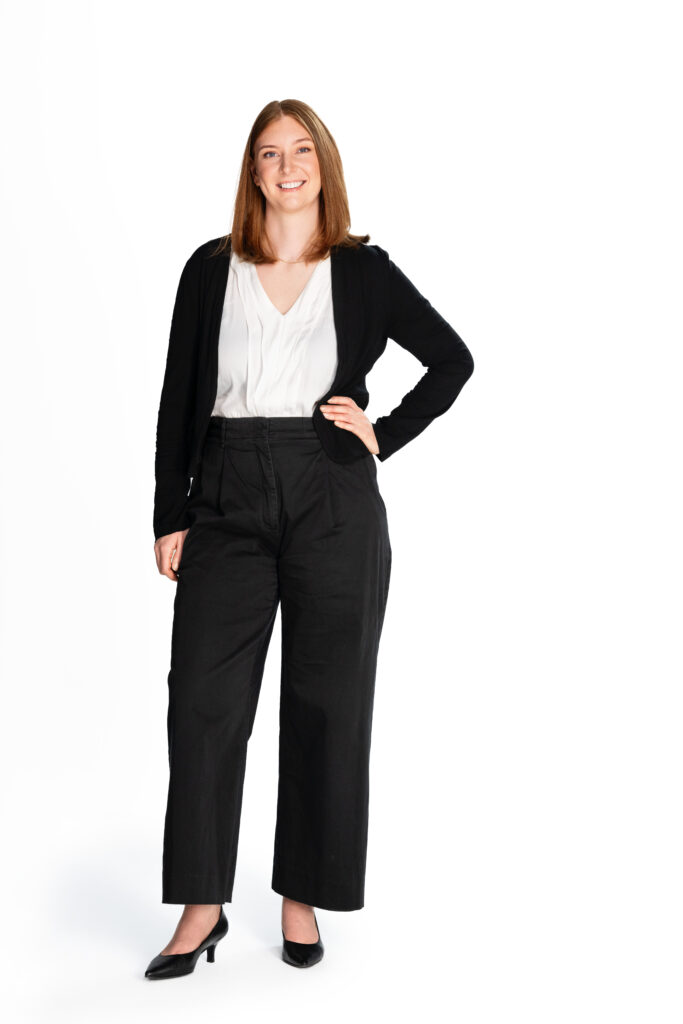
“Since I was very young I’ve always been interested in science, especially in biology. But it was during the first research project I did as an undergraduate student that it really clicked for me how exciting research can be,” says Dr Roycroft.
“One of the things I love the most about my job is that we get to ask and try to answer interesting and important questions. And sometimes, if we’re lucky, get to be the first person to know something new about our world. That’s really exciting – and a real privilege. “
Today, Dr Roycroft’s research investigates the genetic health of these small remnant populations, to assess their risk of extinction and their suitability to ‘rewild’ or rehome in habitats on mainland Australia.
“One of the other best parts of my job are the incredible people I get to work alongside. I’m very lucky to have fabulous and supportive mentors and colleagues,” she says, adding that “in research, as in life, we all inevitably come up against challenges and sometimes barriers, and that makes having a great support network all the more important.”
For young girls in Australia who aspire to work in a STEMM field, Dr Roycroft tells them to “go for it”.
“The sky is the limit”, she says. “A career in STEMM is one of the most rewarding careers out there. You get the chance to discover things no one else knows yet, to ask big and important questions, and maybe even change the world.”
Dr Mengyu Li
A researcher at the University of Sydney, Dr Mengyu Li is calculating the true cost of global consumption and its impact on climate. But she doesn’t stop there– Dr Li is also exploring the link between happiness and climate change.
She has developed advanced quantitative computer modelling to track the flow of goods through complex international supply chains, revealing the far-reaching consequences of wealth-driven consumption on communities and the environments in poorer regions.
The next part of her research asks: How can we significantly reduce our emissions while also enhancing well-being and making people healthier and happier?
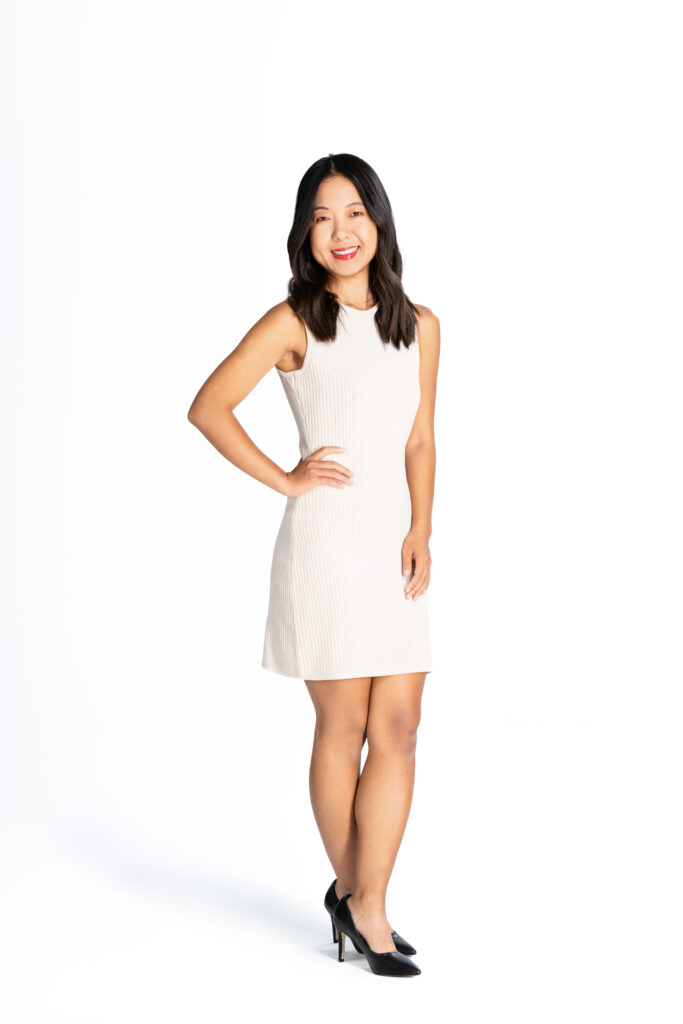
“For me, the spark that drew me to STEMM came from a combination of curiosity and a desire to make a meaningful impact. I remember as a child, I was always the one asking “why” and “how,” whether it was about how the plants in our garden grew or how technology could help solve problems,” says Dr Li.
“Over time, I became particularly passionate about the environment, especially as I began to understand the deep connections between human actions and the planet’s health. That’s what drives me to continue exploring ways to create a more sustainable and equitable future.”
For the next generation of women in STEMM, Dr Li wants them to believe in their curiosity and ability to create change, saying “don’t let anyone tell you that science, technology, or maths is not for you—because it absolutely is. Stay curious, ask questions, and never stop exploring.”
Dr Brittany Mitchell
Dr Brittany Mitchell is a researcher at QIMR Berghofer Medical Research Institute, where she explores the genetics behind mental health and how we treat depression.
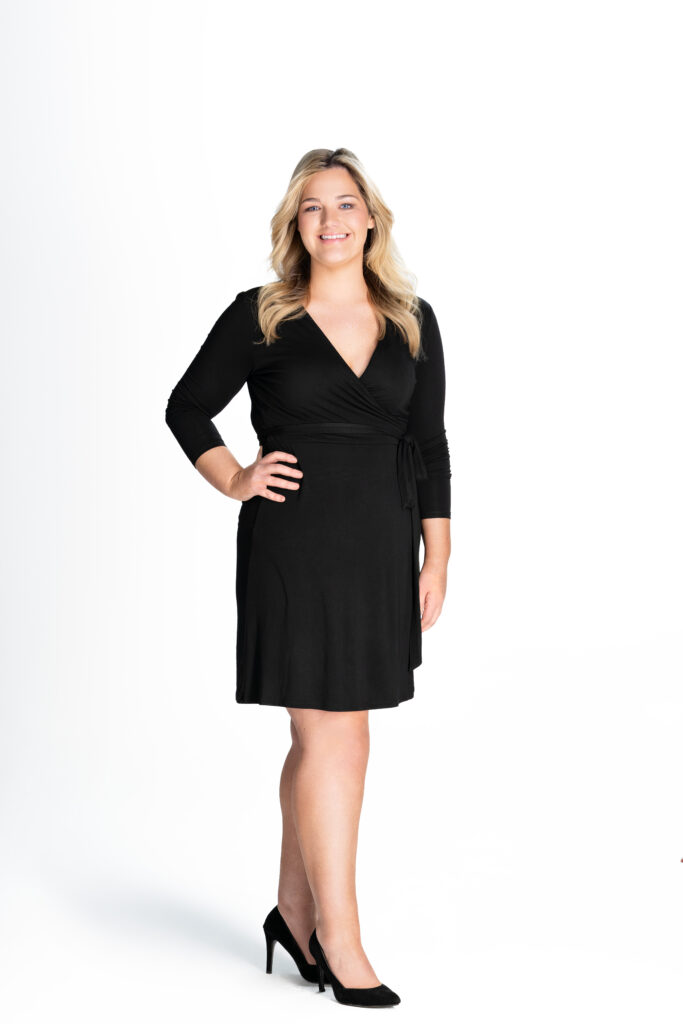
“I’ve always been passionate about genetics and believe it has incredible power to improve lives by uncovering the biological foundations of health. At the same time, I’m also a strong advocate for mental health and its importance to overall well-being,” says Dr Mitchell.
“The thing I love most about my career in psychiatric genetics is that it allows me to bring these passions together, exploring the genetic foundations of mental health conditions with the aim of enhancing treatments and improving outcomes. Through my research, I’m working to advance our understanding of mental health on a molecular level, bringing us closer to more effective, personalised care.”
With her grant, Dr Mitchell aims to create individualised genetic risk scores – capturing a person’s individual likelihood of developing depression and even predicting which antidepressants are most likely to work for them.
For the next generation of STEMM women, Dr Mitchell says to “keep pushing forward, and don’t be afraid to take up space– your voice and contributions are essential to the future of innovation.”
Dr Kaye Minkyung Kang
Dr Kaye Minkyung Kang is a researcher at the University of Sydney, discovering how we can convert carbon waste into more useful chemicals.
Right now, we deal with climate-change inducing carbon emissions by burying carbon under the ground. But Dr Minkyung Kang says this is a short-term option. The key is making that conversion process more efficient through the use of solar energy, rather than electricity.
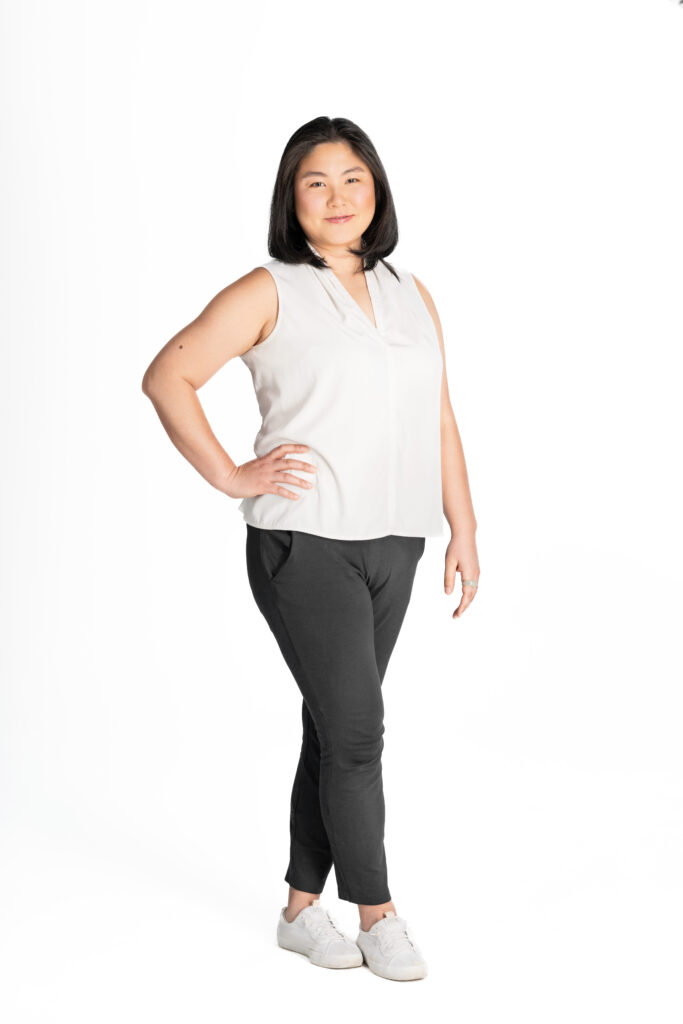
“The spark that drew me to my work in STEMM was my fascination with the invisible world at the nanoscale,” says Dr Minkyung Kang.
“I was captivated by the idea that we could manipulate materials at such a tiny level and create solutions for real-world challenges, from clean energy to environmental sustainability. The ability to ‘see’ and control chemical reactions on a nanoscale through advanced imaging technology felt like having a superpower, and I knew this was the path for me.”
When things get tough, Dr Minkyung Kang reminds herself of the impact her work could have towards a sustainable future. And for young girls who aspire to create similar impacts, she wants them to feel empowered to be curious, bold and persistent.
“Challenges will come, but each one is an opportunity to grow stronger and smarter,” she says. “Most importantly, believe in your potential to make a difference.”
Dr Leah Smith
Dr Leah Smith is a researcher at the University of Otago, exploring how to harness the power of ‘good’ viruses in a post-antibiotic world.
Dr Smith’s work in science revolves around the growing rise of drug-resistant bacteria and diseases, and it’s urgent work. Experts estimate that by 2050, two million deaths each year could be attributed to antimicrobial resistance. Dr Smith is working towards creating natural cures to vaccine and antibiotic resistant diseases.
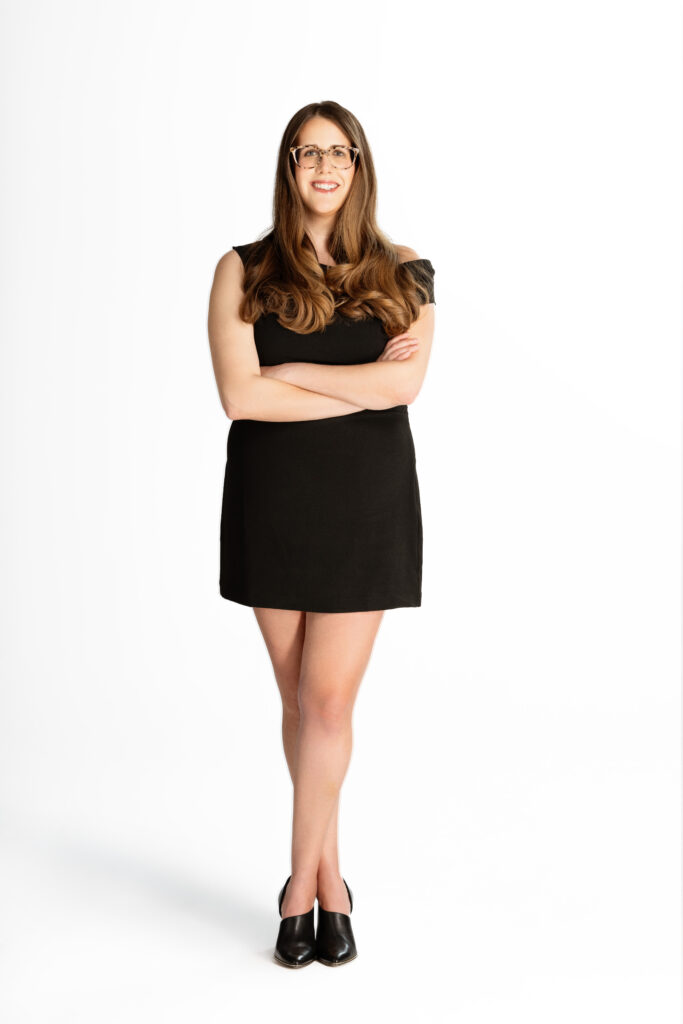
“As a student, I liked science, writing, and history, but my interests shifted more towards science after taking courses in anatomy and marine biology in high school. And at the risk of sounding a bit nerdy, I loved Star Trek, and always thought the science officers were the coolest,” says Dr Smith.
“As an undergraduate, I studied biology and chemistry but didn’t know what I wanted to do for a career. Then I had the opportunity to try research, which I really enjoyed. From there I went on to do a master’s and Ph.D. with a focus on microbiology and bacterial genetics. STEMM careers are great for people like me who also enjoy writing and communication, because good science requires sharing knowledge effectively.”
Dr Smith says “it’s important to remember that science isn’t just about publishing in prestigious journals, but also about learning, mentorship and outreach”.
For young girls dreaming big about science, she encourages this, saying “having self-confidence is a big thing, as well as being proactive about your goals”.
“If you learn about something in school that really fascinates you, ask your teachers for more information or do your own digging. And if you want to pursue a career in STEMM, don’t be afraid to reach out to people for help, including educational counsellors, teachers, professors, and researchers.”

